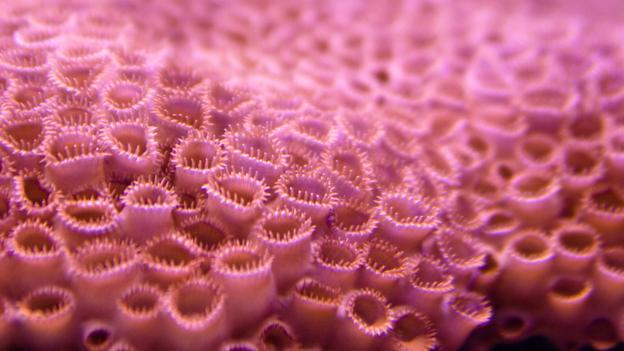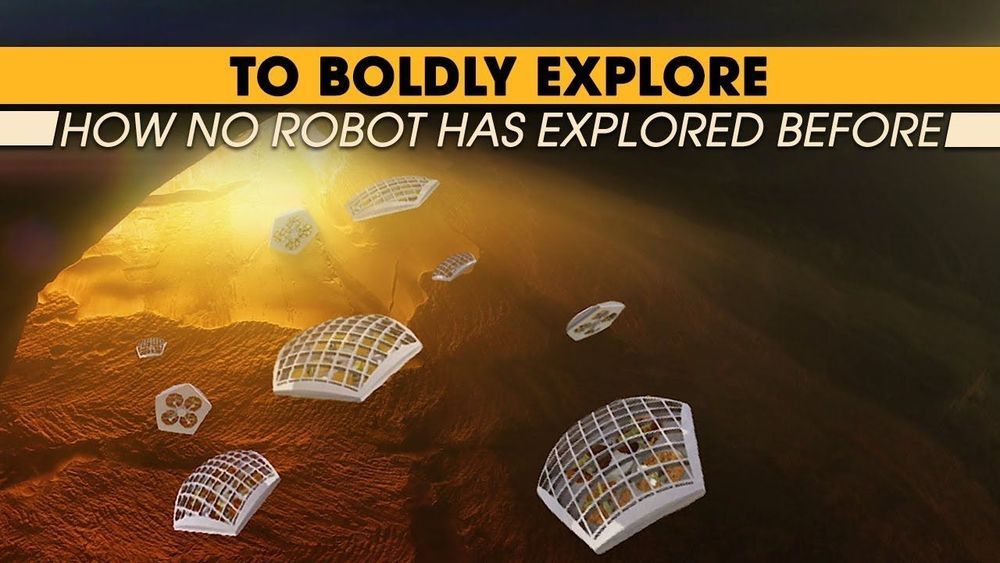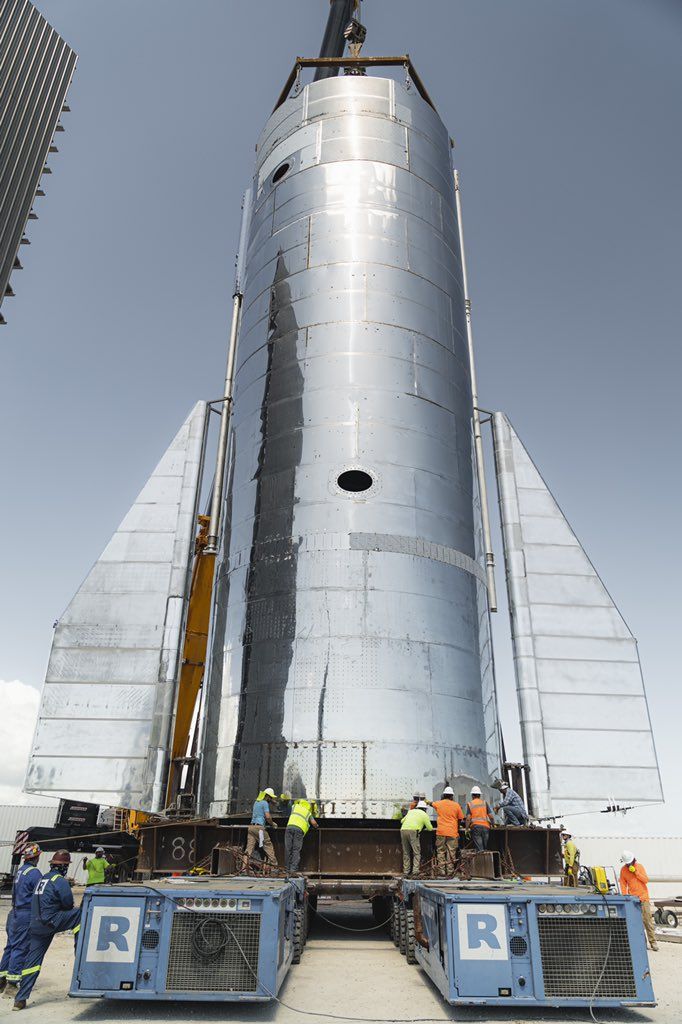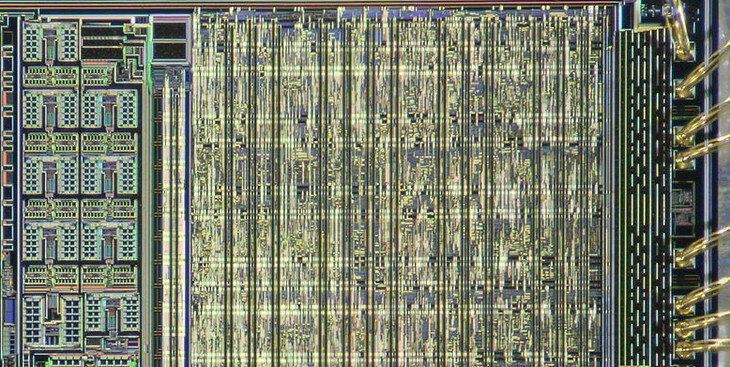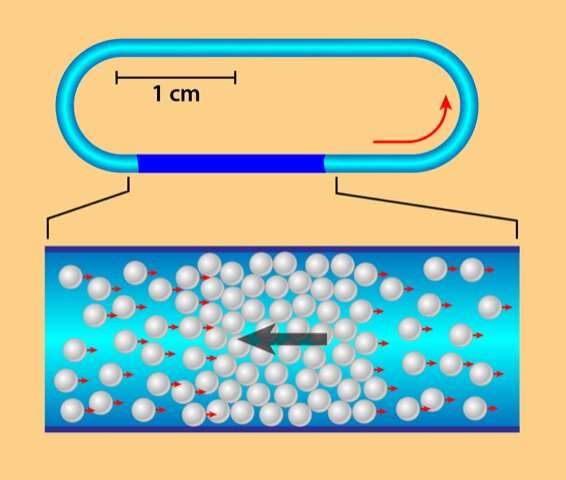Sep 27, 2019
Can artificial intelligence help transform education?
Posted by Genevieve Klien in categories: education, robotics/AI
For all the talk about how artificial intelligence could transform what happens in the classroom, AI hasn’t yet lived up to the hype.
AI involves creating computer systems that can perform tasks that typically require human intelligence. It’s already being experimented with to help automate grading, tailor lessons to students’ individual needs and assist English language learners. We heard about a few promising ideas at a conference I attended last week on artificial intelligence hosted by Teachers College, Columbia University. (Disclosure: The Hechinger Report is an independent unit of Teachers College.)
Shipeng Li, corporate vice president of iFLYTEK, talked about how the Chinese company is working to increase teachers’ efficiency by individualizing homework assignments. Class time can be spent on the problems that are tripping up the largest numbers of students, and young people can use their homework to focus on their particular weaknesses. Margaret Price, a principal design strategist with Microsoft, mentioned a PowerPoint plug-in that provides subtitles in students’ native languages – useful for a teacher leading a class filled with young people from many different places. Sandra Okita, an associate professor at Teachers College, talked about how AI could be used to detect over time why certain groups of learners are succeeding or failing.

